Optimal Timing for Siding Repairs

Spring offers moderate temperatures and dry conditions, ideal for siding repairs.
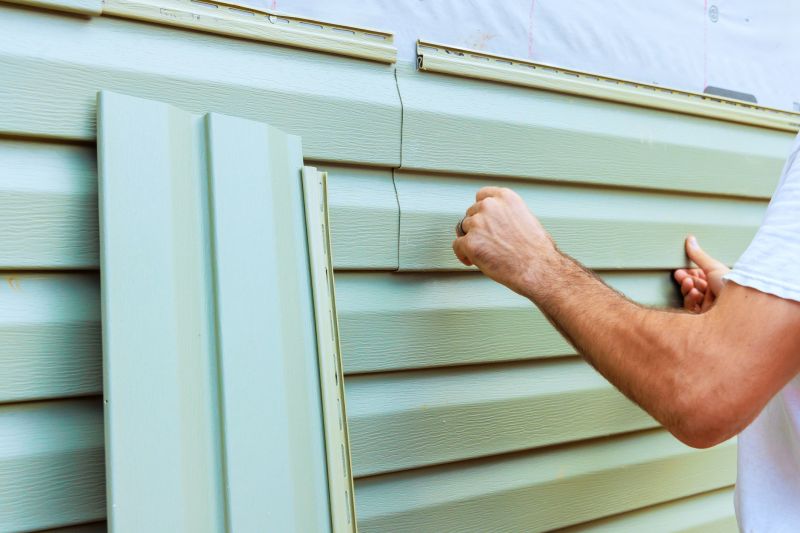
Warm weather and longer daylight hours facilitate efficient repair work.

Cooler temperatures and less humidity make fall suitable for siding maintenance.
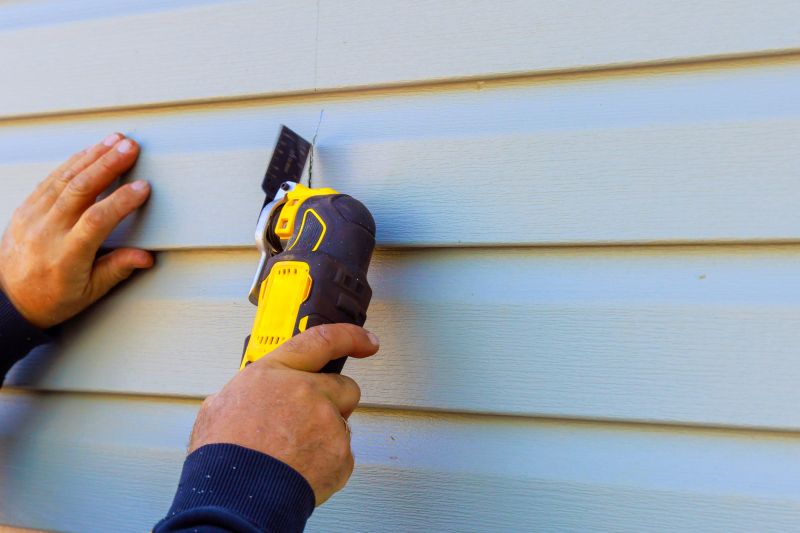
Ways to make Siding Repairs work in tight or awkward layouts.
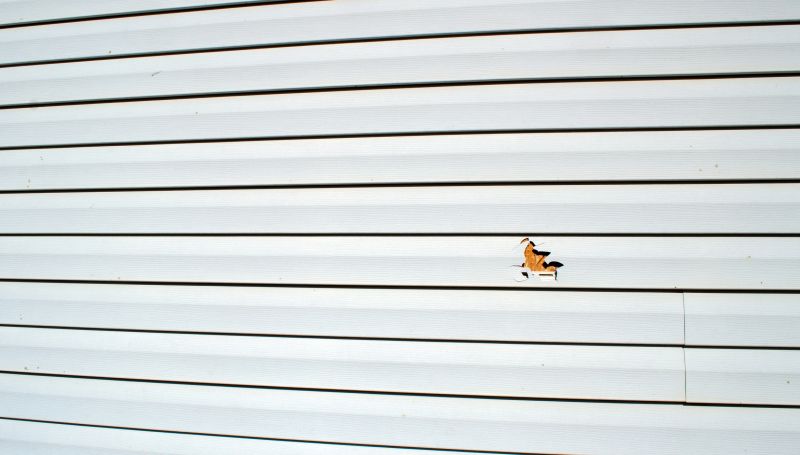
Popular materials for Siding Repairs and why they hold up over time.
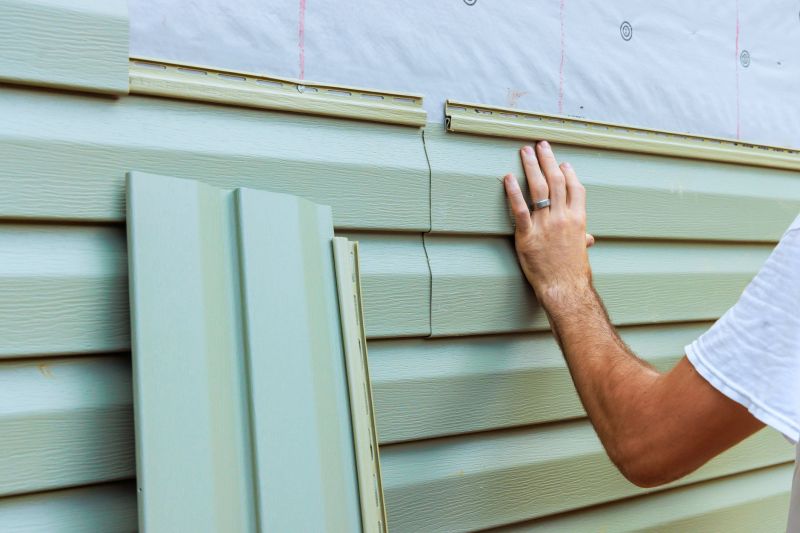
Simple add-ons that improve Siding Repairs without blowing the budget.
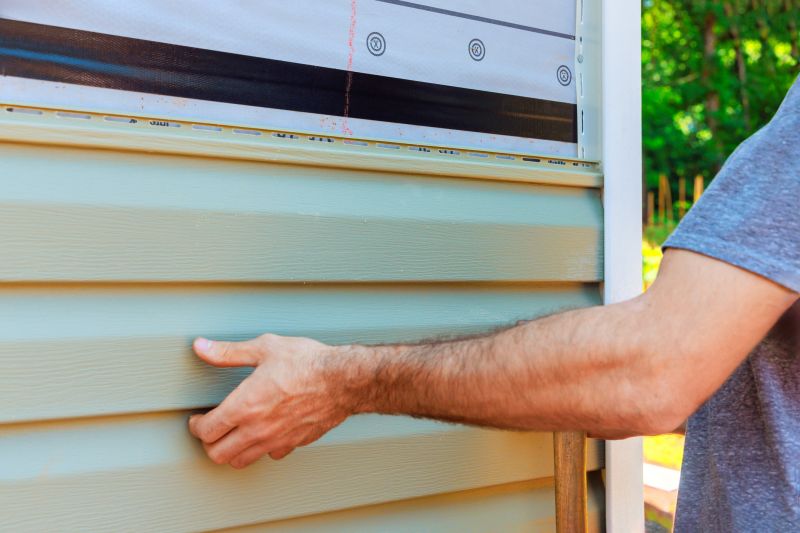
High-end options that actually feel worth it for Siding Repairs.
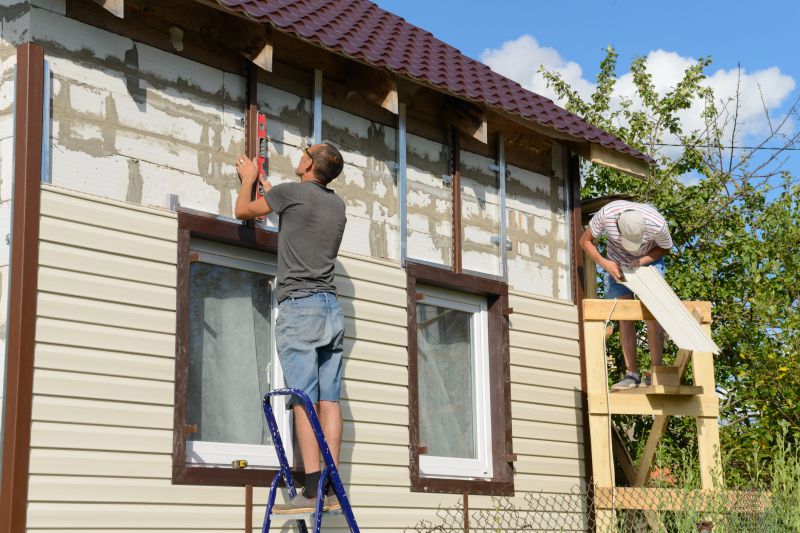
Finishes and colors that play nicely with Siding Repairs.
Siding repairs are essential for maintaining the structural integrity and aesthetic appeal of a building. Proper timing ensures that repairs are effective and long-lasting. Weather conditions play a significant role in determining the optimal period for such work. Performing repairs during favorable weather minimizes delays and reduces the risk of further damage caused by moisture or temperature fluctuations.
Statistics indicate that scheduling siding repairs during spring or early fall can extend the lifespan of the siding by preventing issues like warping, cracking, and moisture intrusion. Approximately 60% of siding damages occur during extreme weather conditions, emphasizing the importance of choosing the right season for repairs.
Rain, snow, and extreme temperatures can hinder repair work and compromise results.
Certain siding materials perform better when installed or repaired in specific weather conditions.
Timing repairs properly can prevent frequent issues and reduce future costs.
Scheduling repairs during optimal weather allows for better planning and resource allocation.
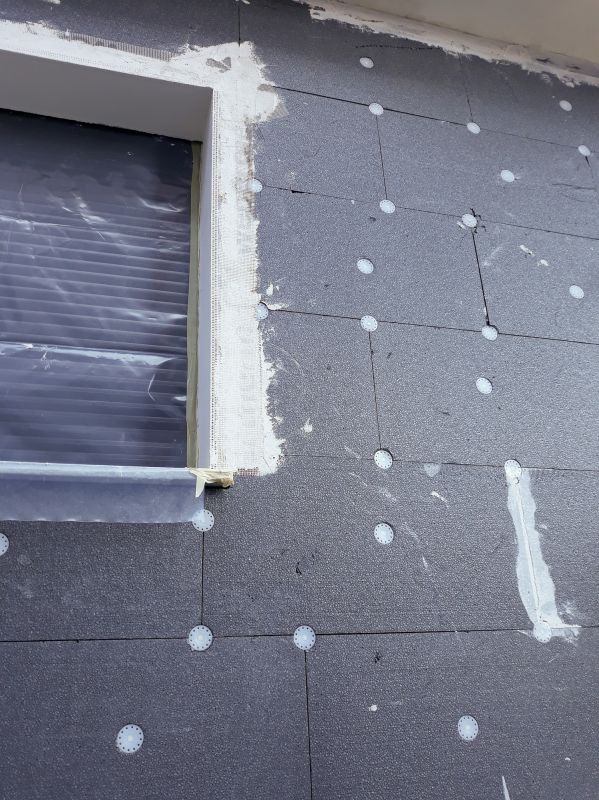
Ideal for moderate temperatures and dry conditions.

Optimal due to long days and warm weather.
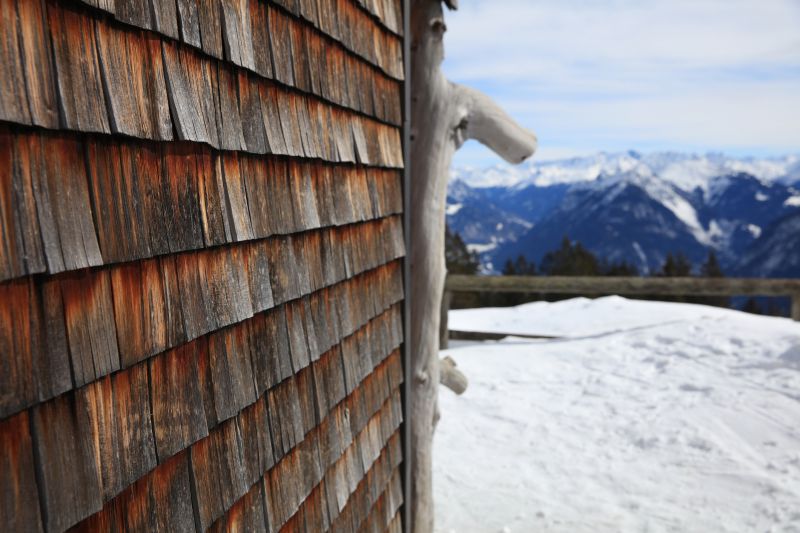
Suitable for cooler temperatures and less humidity.
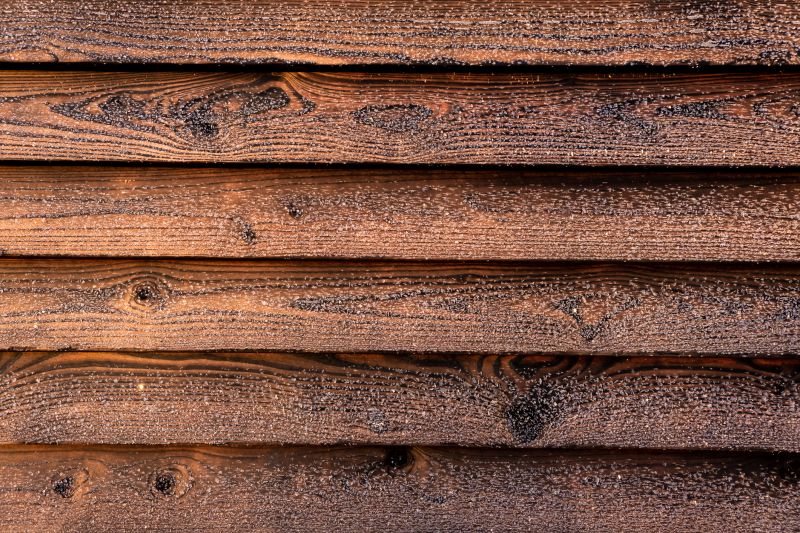
Generally less recommended due to cold and moisture risks.
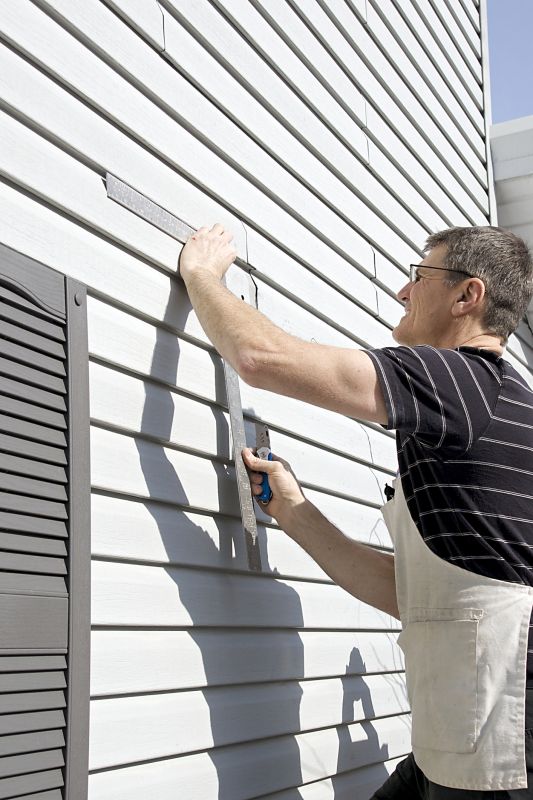
Little measurements that prevent headaches on Siding Repairs day.
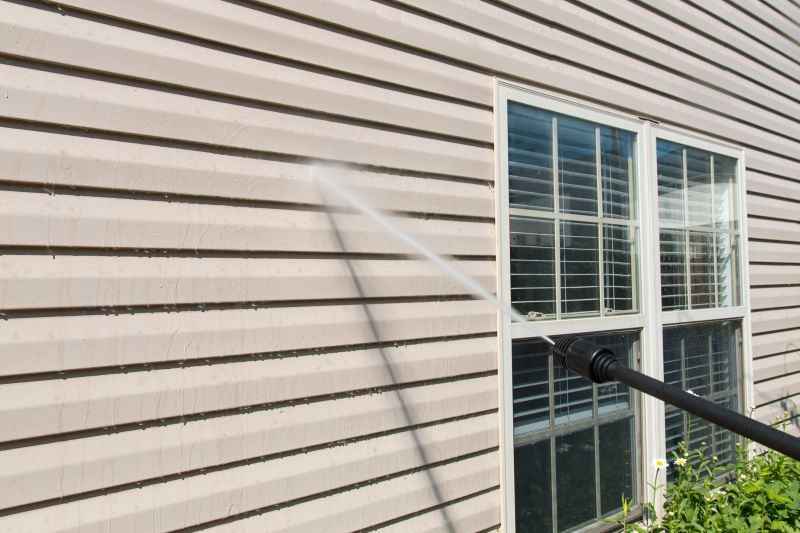
A 60-second routine that keeps Siding Repairs looking new.
| Season | Advantages |
|---|---|
| Spring | Moderate temperatures, dry weather, good for most siding materials. |
| Summer | Long daylight hours, warm weather, faster project completion. |
| Fall | Cooler temperatures, less humidity, prepares siding for winter. |
| Winter | Limited, possible delays due to cold and snow, not ideal. |
Choosing the appropriate time for siding repairs can significantly influence the longevity and quality of the work. Proper planning based on seasonal weather patterns helps prevent issues such as moisture infiltration, warping, and cracking. Consulting weather forecasts and scheduling repairs during stable conditions can lead to better outcomes and reduced repair frequency.
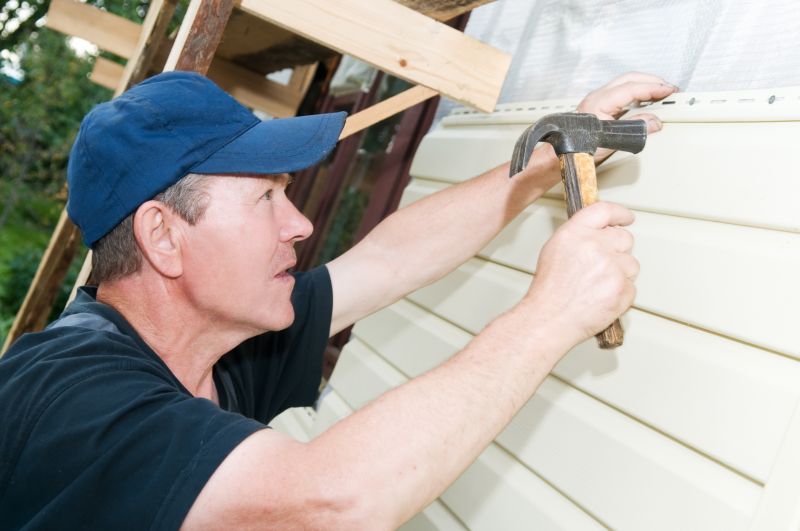
Technicians working on siding during optimal weather conditions.
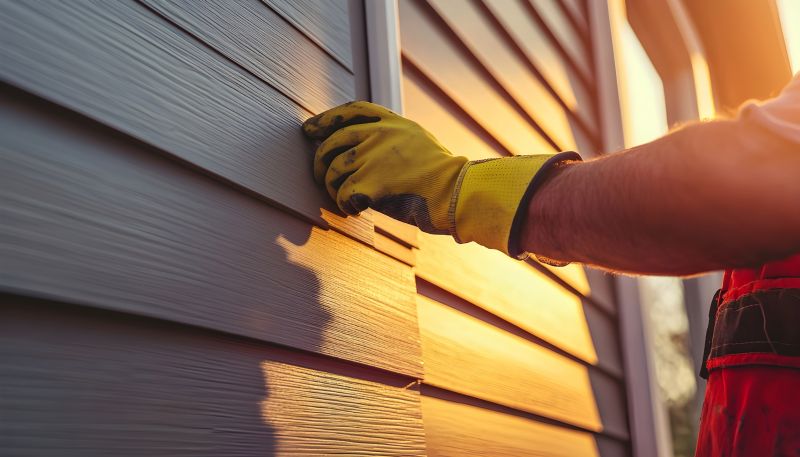
Showcasing the results of repairs done in suitable weather.
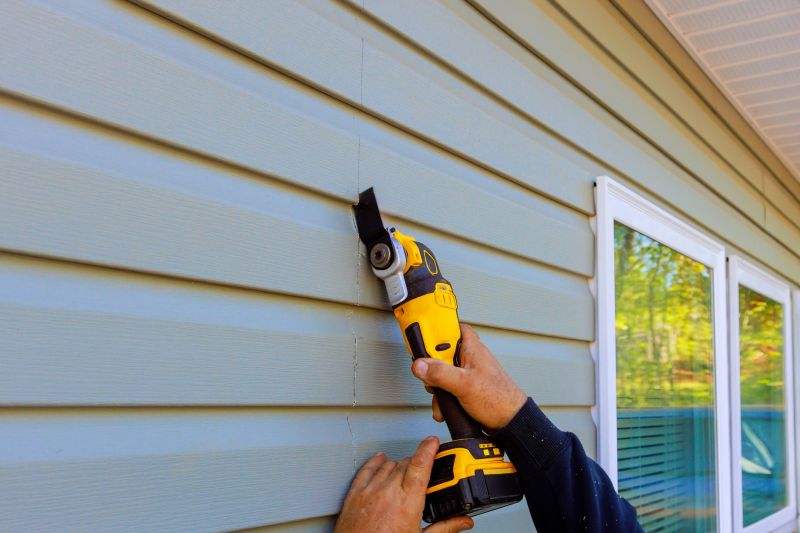
Preparation for siding repairs during the right season.
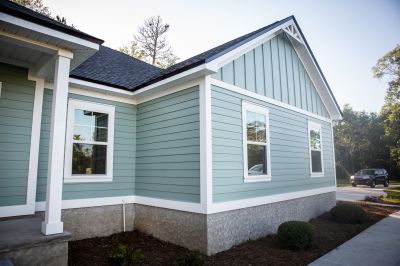
Clear skies and moderate temperatures ideal for repairs.
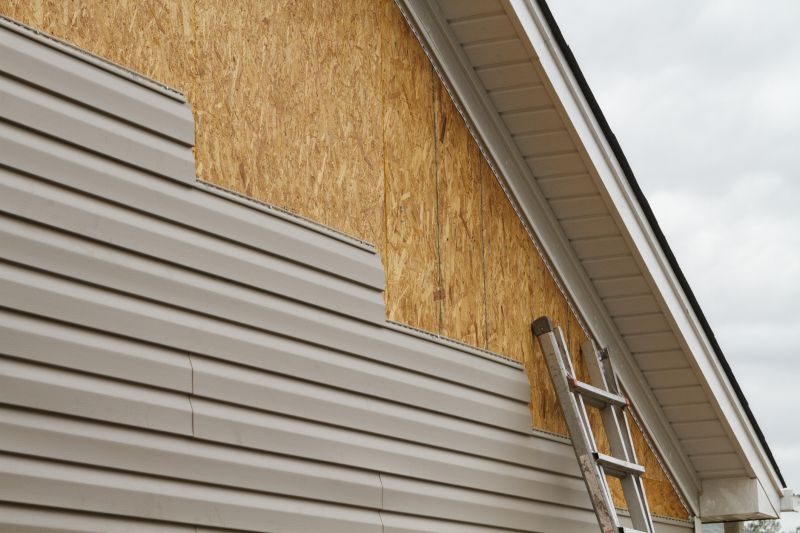
A frequent mistake in Siding Repairs and how to dodge it.

Small tweaks to make Siding Repairs safer and easier to use.

Lower-waste or water-saving choices for Siding Repairs.
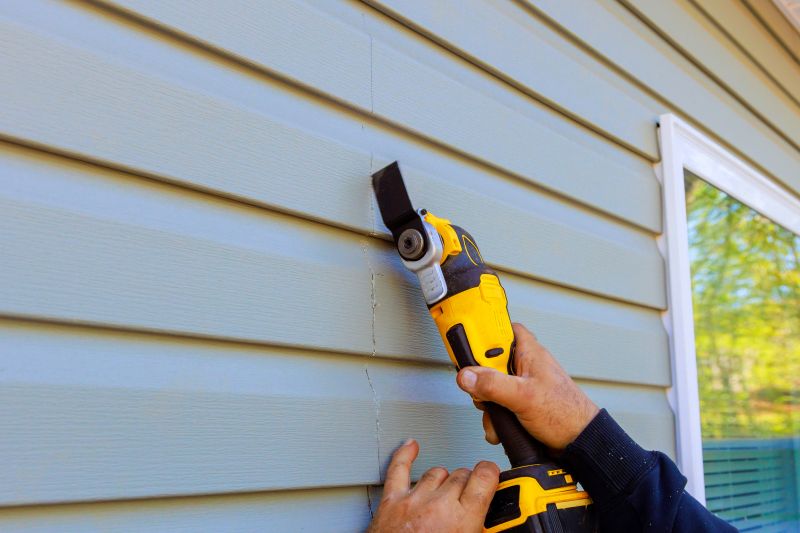
The short, realistic tool list for quality Siding Repairs.
Interested in scheduling siding repairs? Filling out the contact form can help determine the best time for a project based on current weather conditions and specific needs. Proper timing ensures durable results and efficient completion of siding maintenance.
